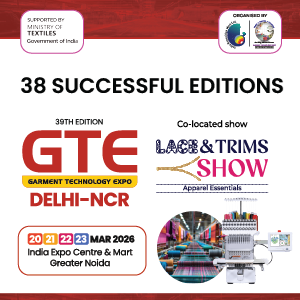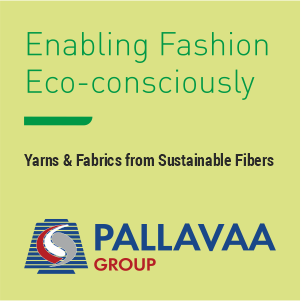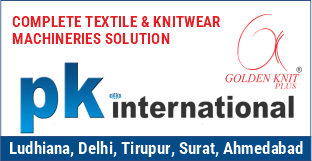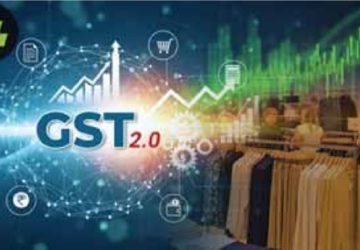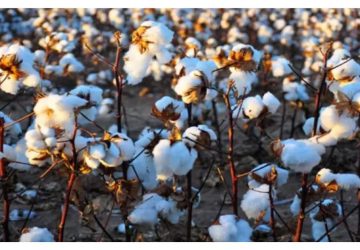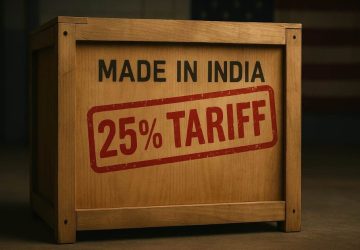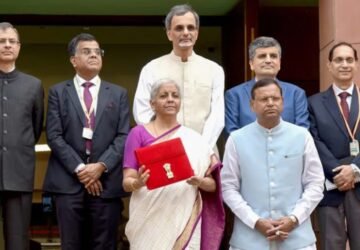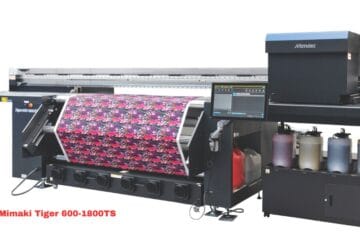
Garment imports likely to become five to 6 per cent cheaper than locally made apparel despite the goods and services tax providing input credits to the textile industry due to removal of the special additional duty (SAD), as GST subsumes all taxes including protections. Apparel imports are subject to a countervailing duty (CVD) of six per cent on cotton and 12.5 per cent on polyester, which importers receive as a central value added tax credit. The CVD is optional at a flat 2 per cent if the importer does not claim a set-off against input costs.
The government has provided 40 per cent abatement on this optional flat duty, which works out to 0.80 per cent. Thus the total applicable tax is 1.2 per cent for importers who do not claim the setoff. This apart, importers pay a four per cent special additional duty (SAD) without any duty protection, which after considering cesses, works out to over five per cent.
Rahul Mehta, President, Clothing Manufacturers Association of India (CMAI) said that the government had levied this duty as protection for domestic players. With the GST, this duty protection will be removed and imported garments will be five to 6 per cent cheaper. The government has fixed five per cent as the GST rate on all textile products and apparel.The textile industry fears an increase in imports from Bangladesh and China, where the cost of manufacturing is lower due to cheaper labour.
The Textiles Ministry has set an export target of $45 bn for 2017-18, marginally lower than the $48 bn set for 2016 17. The government plans to present a new textiles policy by September. Their aim is to increase textiles exports and create a competitive environment in the world market. Anant Kumar Singh, Secretary in the Textiles Ministry said that it is also organising Textiles India 2017, a seminar to bring global buyers under one roof, between June 30 and July 2 in Gandhinagar. While 61 countries have booked their pavilions, around 1,900 stalls are expected to be booked by State Governments and industry players. They would like states to take such initiatives to help the industry showcase its products directly.







